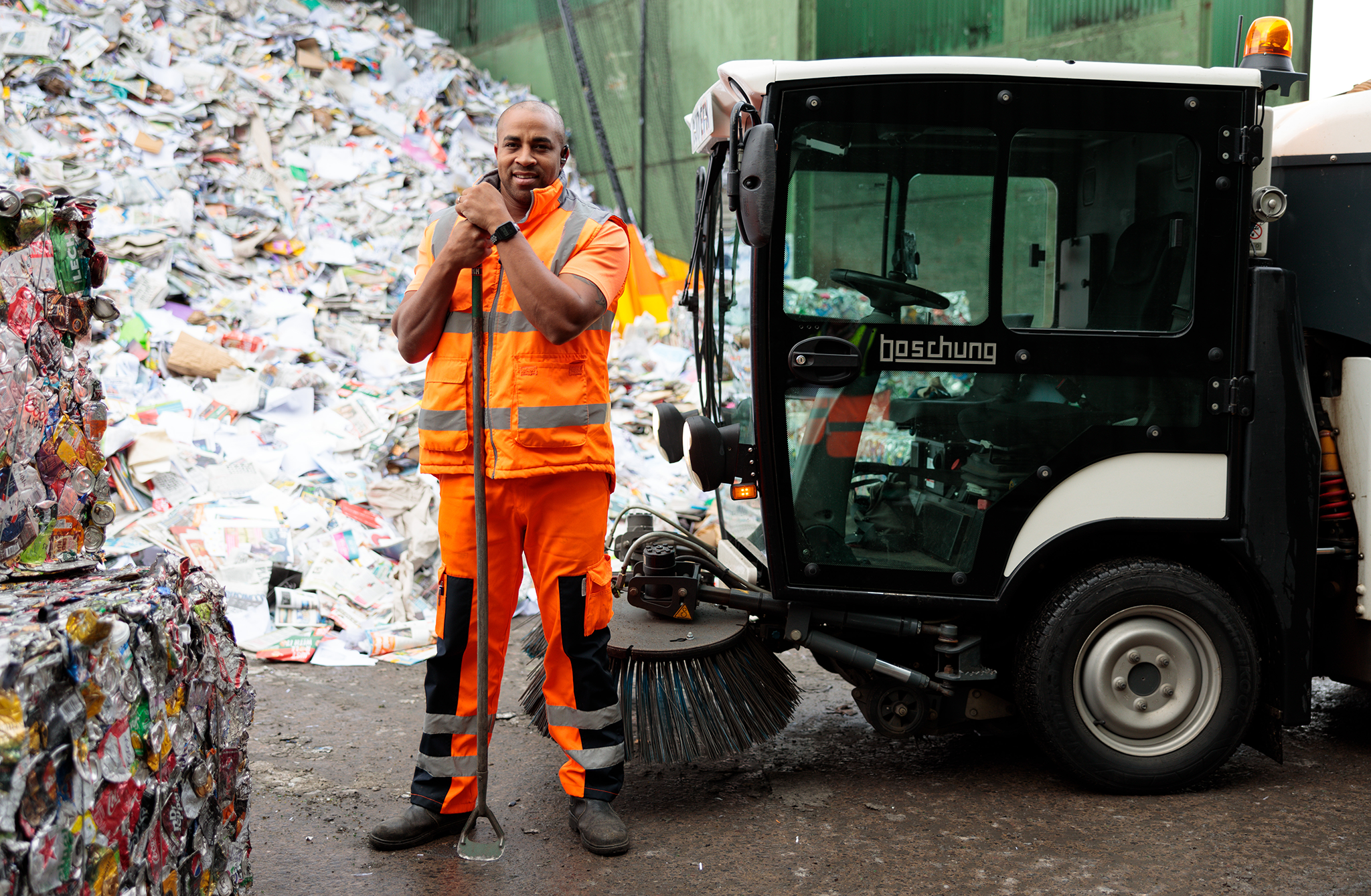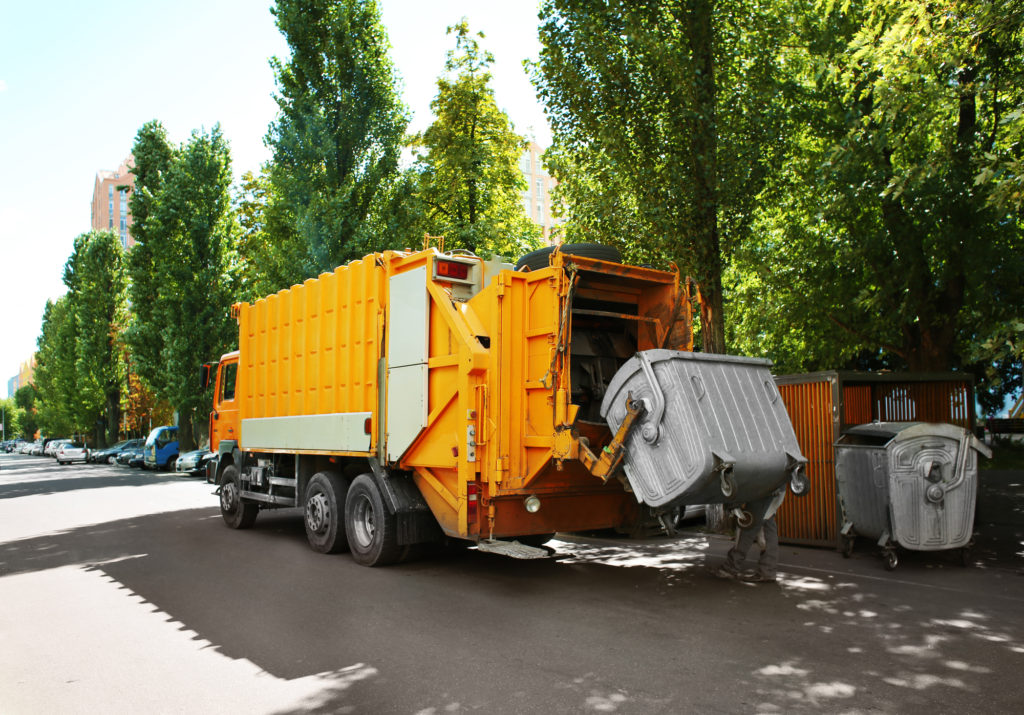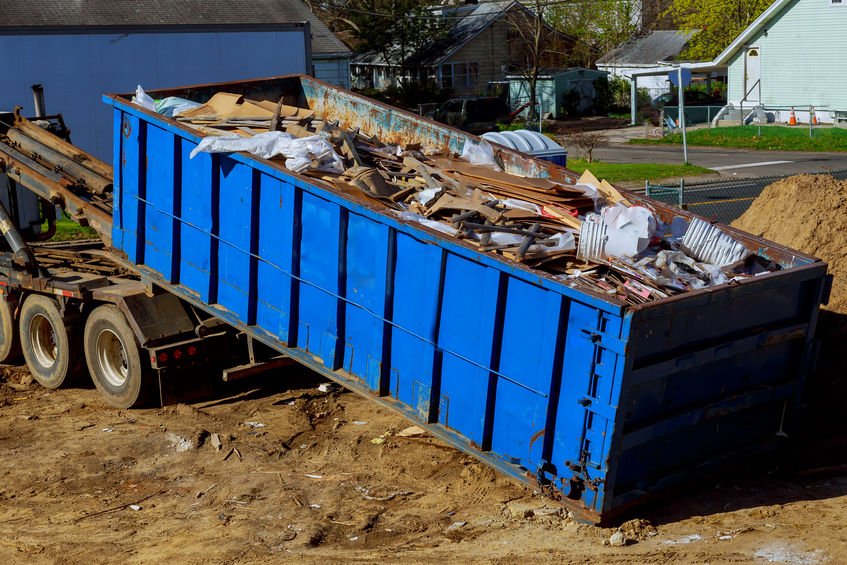
The smoke from the burning garbage not only poisons the air, it also increases the spread of diseases. According to scientists, this is the main cause of air pollution. In India and China, every kind of garbage including plastic bottles, electronic goods, is burnt. Micro particles or particulate matter are those toxic particles whose size is so small that they can enter our body through respiration and can damage the lungs in particular. How does the Burning of Garbage Affect the Environment? Thus, increasing garbage in the home, outside or in water sources has aggravated the problem of air pollution. This makes the water of the rivers polluted. Garbage, from the households and the industrial wastes, fall into the rivers.

Mosquitoes, flies and mice find a fertile breeding ground in mounds of waste. In addition to the spread of foul odour, germs also breed in rotting trash leading to various diseases. Due to dust particles in the smoke, air becomes contaminated. Today, land, water and air have become polluted. How does Garbage Contribute to Air Pollution? Perhaps this is where we are making the biggest mistake. We assume that it is our compulsion to produce garbage and its disposal is the work of the government. Other reasons for this include changing lifestyle, lack of waste-management and options, and also the big question of the ethics that is fast eroding. Both are taking strides in economic development, but in the process, they are also producing piles of garbage. Today, China and India are the prominent examples of this in the world. This means where the aspiration for the amenities are high in populations, there will also be increase in the amount of waste. It can also be seen by linking poverty and prosperity, competence and inefficiency. The more financially strong is the country or the city, the more garbage it will produce. One reason for this is growing urbanization and prosperity. There are many reasons for the production of garbage. The rest either accumulates in the fields or in the streets and in the end, during the rainy season it reaches the oceans through rivers. Every year tonnes of waste or garbage are produced in the country, and only one percent of it is recycled. Today we are victims of many types of waste including domestic, agricultural and industrial waste. This problem has been increasing since the last nearly three decades, leading to health issues and degradation of environment. Garbage is present everywhere in some form or the other whether there is a village or a city, a temple or a mosque. In our country, the cities are getting reduced to dumping grounds of waste. Its recycling is possible, but there is no proper system to deposit it. Now, the plastic has changed the situation and a problem has arisen with it because the plastic never degrades. Earlier the pottery was used for liquid substances, and jute bag was used to carry goods.

In countries like India, things used earlier as bags were not harmful. In olden times, garbage generally comprised only organic waste which went into the ground, but the proportion of chemicals in the waste is increasing with the hectic pace of modern development.


Increasing disposal of solid waste and sewerage, as well as discharge of industrial effluents into in the water sources is spoiling the landscape of beautiful spots. Rivers too are victims of various types of pollution generated by industrial and household wastes. Air pollution also spreads when the garbage is burnt in the open in villages, thereby posing a grave threat to health and environment. Often fire breaks out in the dumps of garbage deliberately or inadvertently. In areas where people maintain milch animals, poultry or other animals, their faeces also pollute the atmosphere. It is often seen that waste including inorganic material such as iron cans, paper, plastic, glass pieces, or leftover food, animal bones, vegetable peels etc are dumped in the open. Garbage pollution arises when the waste collected in dumping sites keeps rotting, spreading odour and cause air pollution in the surrounding areas, which also creates problems at the administrative level. India’s waste-generation will be more than 376,639 tonnes per day by 2025, especially with the population of urban India expected to increase to 538 million. Interestingly, the urban US produces 624,700 tonnes of garbage per day, which is the highest in the world, while the second largest happens to be urban China with 520,548 tonnes per day. According to the report, urban India generates 109,589 tonnes of waste per day.


 0 kommentar(er)
0 kommentar(er)
